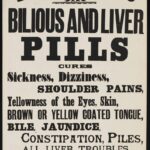Are you curious about your fertility potential? In the YouTube video “Unlocking Fertility Secrets: Ovarian Reserve Testing”, the importance of ovarian reserve testing in understanding reproductive potential is discussed. Ovarian reserve, the video explains, can vary greatly among women of all ages. Tests such as Anti-Mullerian Hormone (AMH) levels and Antral Follicle Count (AFC) can provide crucial insights into fertility health. Join us as we delve into the world of ovarian reserve testing and learn more about what these tests can reveal about your reproductive future.
Unlocking the Importance of Ovarian Reserve Testing

In the world of fertility, is crucial for understanding a woman’s reproductive potential. Ovarian reserve testing provides valuable insights into the quantity and quality of a woman’s eggs, helping to determine her likelihood of conception.
One of the key tests for assessing ovarian reserve is the Anti-Müllerian Hormone (AMH) blood test. This test is considered the gold standard for evaluating ovarian reserve, with peak values typically seen around age 25. As a woman ages, her AMH levels decrease, indicating a decline in ovarian reserve.
Another important test is the Antral Follicle Count (AFC), which involves using ultrasound to count the number of small follicles in the ovaries. A low AFC (less than six) may suggest diminished ovarian reserve, especially in women over 30 or those with a family history of early menopause, history of cancer treatments, or previous ovarian surgery.
By understanding the results of ovarian reserve testing, individuals can make informed decisions about their fertility options and take proactive steps to preserve their reproductive potential. Whether it’s considering fertility treatments or making lifestyle changes to support ovarian health, unlocking the fertility secrets revealed by these tests is essential for ensuring optimal reproductive outcomes.
Understanding the Variability of Ovarian Reserve
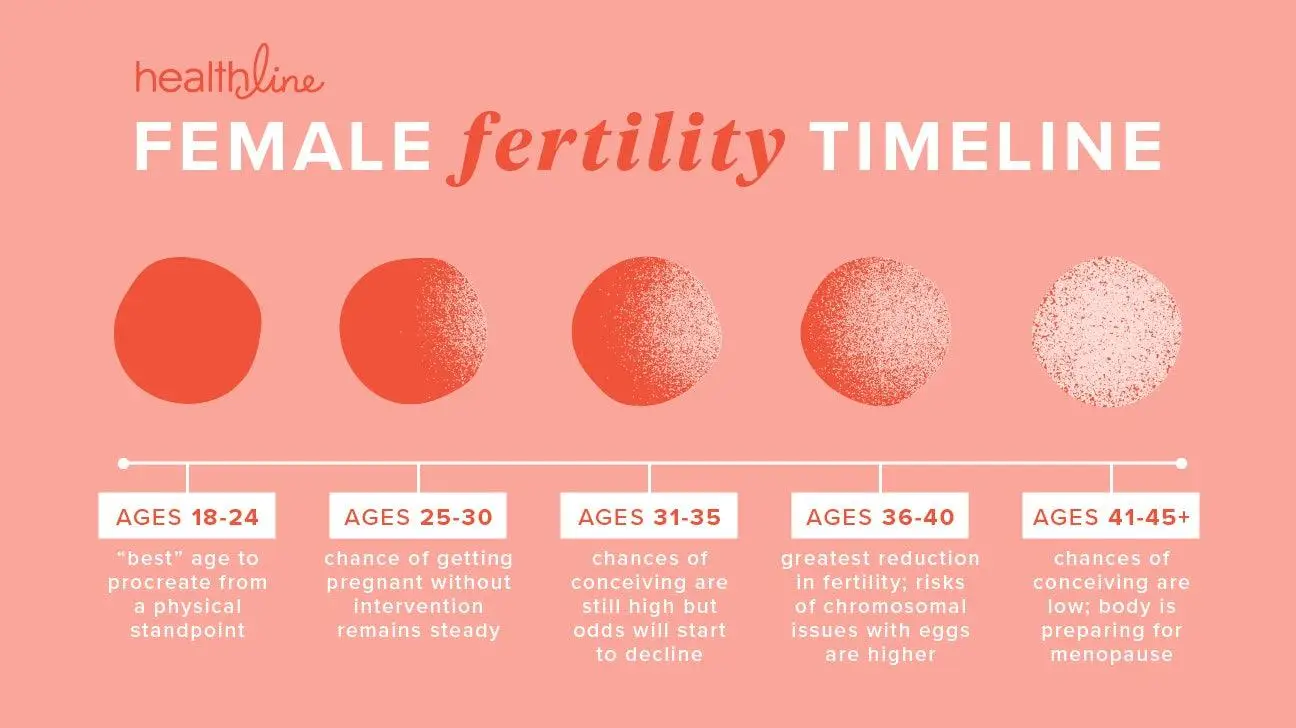
One crucial aspect of female fertility that often gets overlooked is the variability of ovarian reserve. This variability can be present in women of all ages, from young females to those in their advanced years. Ovarian reserve testing plays a significant role in understanding the reproductive potential of an individual, providing valuable insights into their ability to conceive.
One common test used to assess ovarian reserve is Anti-Mullerian Hormone (AMH) blood test, which is considered the gold standard in determining ovarian reserve levels. Typically, the peak value of AMH is observed around the age of 25, after which it starts to decline gradually. Another test often used is Antral Follicle Count, where a count of less than six follicles may indicate a lower ovarian reserve.
It is recommended for women over the age of 30, those with a family history of early menopause, individuals who have undergone chemotherapy or radiation therapy, or those with a history of ovarian surgery to undergo AMH testing and ultrasonography to evaluate their ovarian reserve. By unlocking the secrets of ovarian reserve through these tests, individuals can gain a better understanding of their fertility potential and make more informed decisions regarding family planning.
In conclusion, is crucial in assessing a woman’s reproductive health and fertility potential. By undergoing ovarian reserve testing such as AMH and Antral Follicle Count, individuals can gain valuable insights into their ovarian function and make proactive decisions regarding their reproductive future. Don’t wait until it’s too late – take control of your fertility journey today.
Insights into AMH Blood Test for Ovarian Reserve
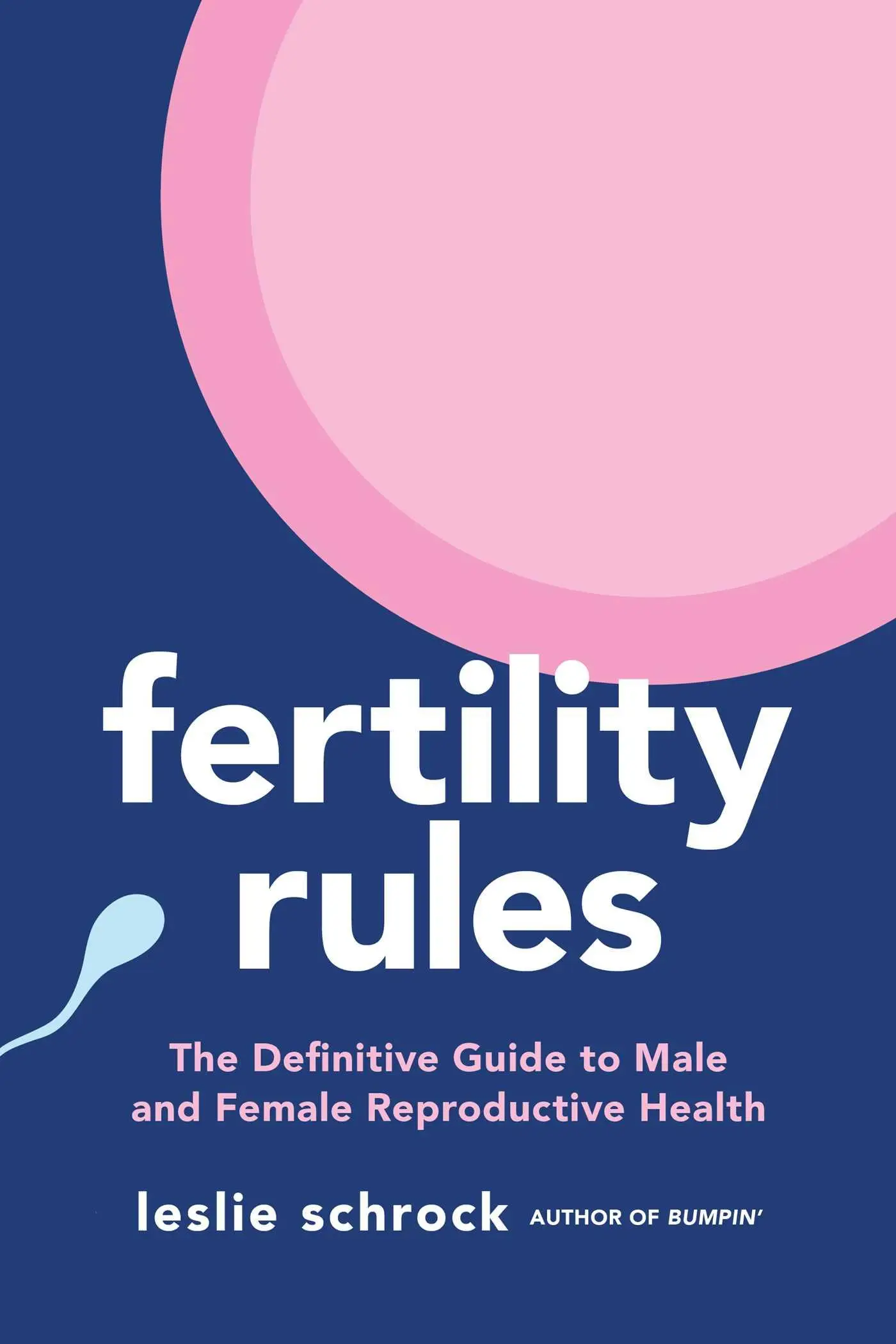
Understanding your ovarian reserve is key to unlocking the secrets of your fertility potential. Ovarian reserve testing provides valuable insights into your reproductive capabilities, helping you make informed decisions about your family planning journey.
One of the standard tests to assess ovarian reserve is the Anti-Mullerian Hormone (AMH) blood test. AMH levels in the blood give an indication of the quantity of eggs remaining in your ovaries. A higher AMH level is typically associated with a better ovarian reserve, while a lower level may indicate diminished fertility potential.
Additionally, another essential test for assessing ovarian reserve is the Antral Follicle Count (AFC). This test involves counting the number of small follicles (potential egg-containing structures) in the ovaries. A low AFC, usually less than six, may suggest a reduced ovarian reserve.
Factors such as age, family history of early menopause, previous ovarian surgery, or exposure to treatments like chemotherapy or radiotherapy can impact ovarian reserve. If you are over 30 or have any of these risk factors, consider undergoing AMH testing and ultrasonography to evaluate your ovarian reserve thoroughly.
Evaluating Follicular Count for Ovarian Reserve
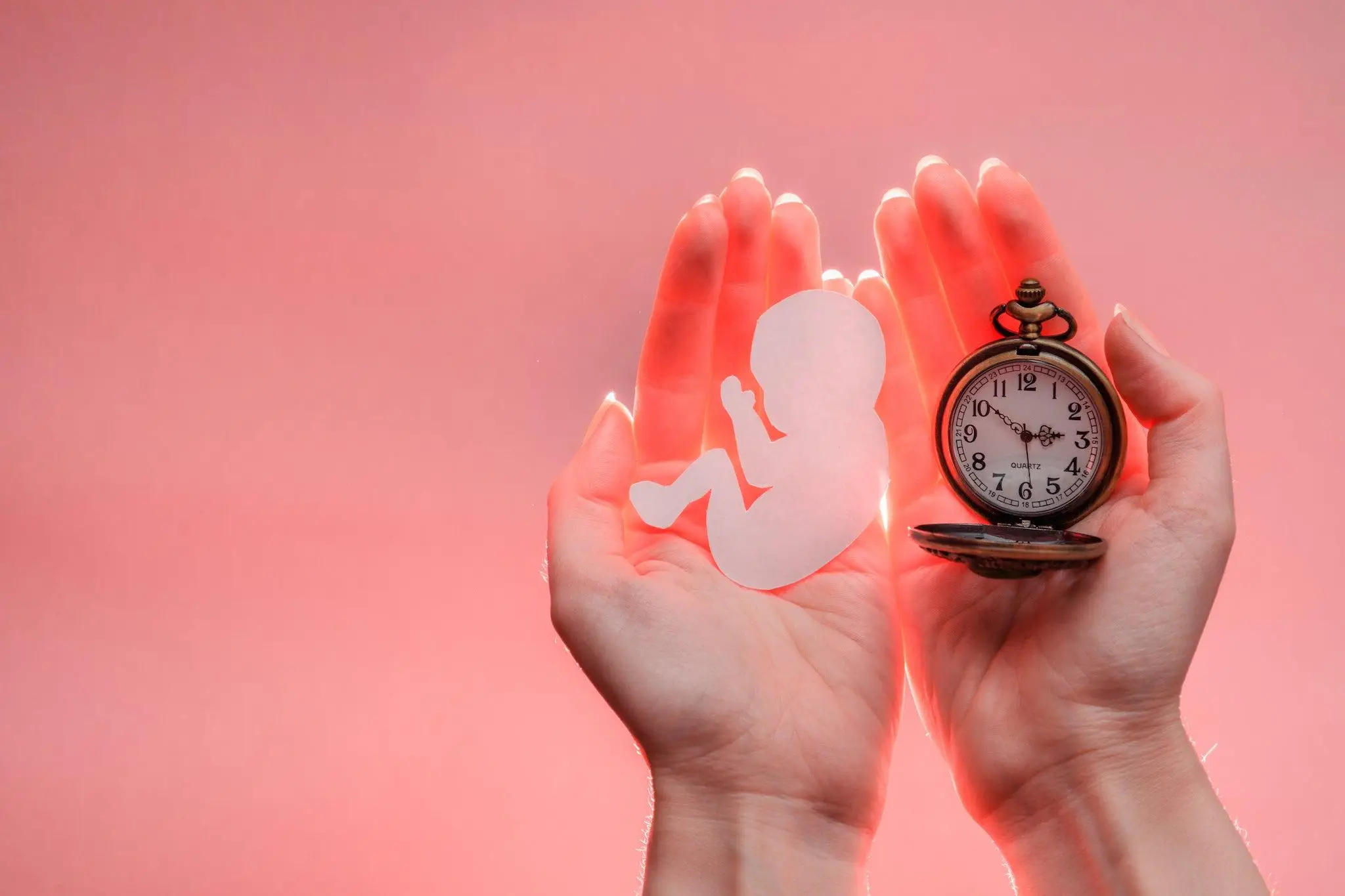
Ovarian reserve is a crucial factor in a woman’s fertility journey, and evaluating follicular count can provide valuable insights into this reserve. The number of follicles in the ovaries can vary greatly, even among young females, indicating the importance of ovarian reserve testing to understand reproductive potential. Two common tests used for this evaluation are:
- Anti-Mullerian Hormone (AMH) Test: This blood test is considered the gold standard for measuring ovarian reserve. AMH levels peak around the age of 25 and decline with increasing age.
- Antral Follicle Count (AFC) Test: This test involves counting the number of follicles in the ovaries, with a count of less than six indicating lower ovarian reserve.
If you are over 30, have a family history of early menopause, have undergone chemotherapy or radiation therapy, or have a history of ovarian surgery, it is advisable to undergo AMH testing and ultrasonography to assess ovarian reserve.
| Test | Peak Value | Indications |
|---|---|---|
| AMH Test | Age 25 | Gold standard for ovarian reserve |
| AFC Test | N/A | Count below six signifies lower ovarian reserve |
When to Consider Ovarian Reserve Testing

Ovarian reserve testing is a vital tool in understanding a woman’s reproductive potential. It can provide valuable insights into the quantity and quality of a woman’s eggs, helping to guide decisions about fertility treatments and family planning. In young females, ovarian reserve can vary greatly, making testing an important step in assessing fertility health.
One of the key tests for ovarian reserve is Anti-Mullerian Hormone (AMH) blood test. This test is considered a gold standard for determining ovarian reserve, with peak values typically seen around the age of 25. As a woman ages, her AMH levels tend to decrease, reflecting a decline in ovarian reserve. Another important test is Antral Follicle Count (AFC), which measures the number of small follicles in the ovaries. A low AFC, typically less than six, may indicate reduced ovarian reserve.
There are several factors that may prompt a woman to consider ovarian reserve testing. Women over the age of 30, those with a family history of early menopause, individuals who have undergone chemotherapy or radiotherapy, or women with a history of ovarian surgery should all consider AMH testing and ultrasonography. These tests can provide valuable information about ovarian reserve and help women make informed decisions about their reproductive health.
Overall, ovarian reserve testing can offer valuable insights into a woman’s fertility potential. By understanding ovarian reserve, women can take proactive steps to preserve their fertility and make informed decisions about family planning. If you fall into one of the high-risk categories or are simply curious about your fertility health, consider discussing ovarian reserve testing with your healthcare provider.
Factors Impacting Ovarian Reserve: Age, Family History, and Medical Procedures
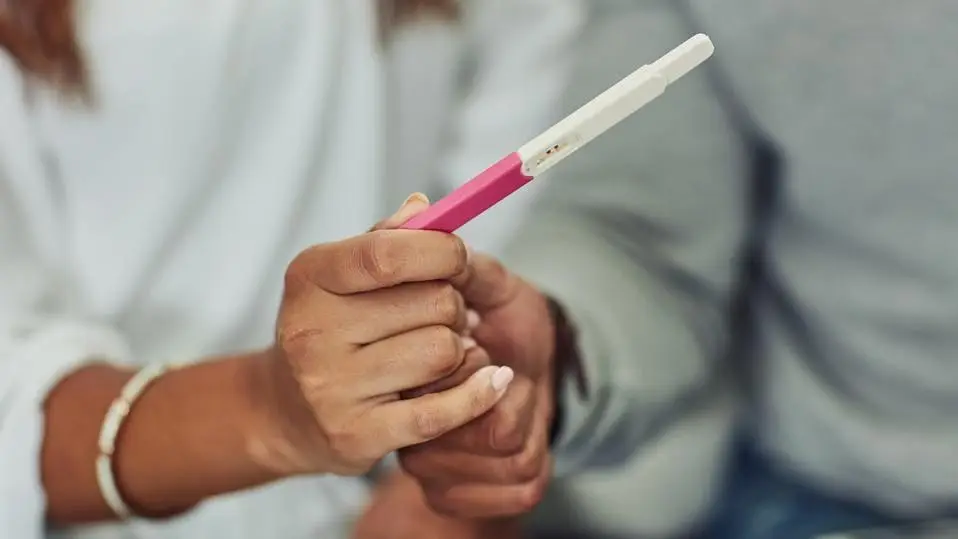
Ovarian reserve is a crucial factor that impacts a woman’s fertility potential. It can vary greatly among individuals, even in young females. Ovarian reserve testing is essential as it provides valuable insights into a woman’s reproductive capabilities. One of the standard tests used for assessing ovarian reserve is Anti-Mullerian Hormone (AMH) blood test. The peak value of AMH is typically observed around the age of 25, after which it starts to decline.
Another important test is Antral Follicle Count, which measures the number of small follicles in the ovaries. A count of less than six indicates lower ovarian reserve. Factors such as age, family history of early menopause, past medical procedures like chemotherapy or radiation therapy, and ovarian surgeries can impact ovarian reserve. For women above the age of 30 or those with such medical histories, undergoing AMH testing and ultrasonography is recommended to assess ovarian reserve.
Understanding the factors impacting ovarian reserve, such as age, family history, and medical procedures, can help individuals make informed decisions about their fertility options. By unlocking the secrets of ovarian reserve through proper testing, women can gain valuable insights into their reproductive potential and plan accordingly. It’s essential to consult with healthcare professionals to determine the most appropriate testing and fertility treatment options based on individual circumstances.
Recommendations for Ovarian Reserve Testing: AMH and Ultrasonography

Ovarian reserve testing is crucial in unlocking the secrets of fertility. Knowing your ovarian reserve can provide valuable insights into your reproductive potential, helping you make informed decisions about your future.
<p>Two common tests used for ovarian reserve testing are <strong>Anti-Mullerian Hormone (AMH)</strong> and <strong>Ultrasonography</strong>. These tests can help determine the quantity and quality of your remaining eggs, giving you a clearer picture of your fertility status.</p>
<p>AMH, a blood test considered the gold standard for ovarian reserve testing, provides valuable information about your ovarian reserve. Typically, the peak value of AMH is around the age of 25, with levels gradually decreasing as you age. Additionally, an Antral Follicle Count (AFC) can also be used to assess ovarian reserve, with a count of less than six indicating lower reserve.</p>
<p>It is recommended to consider AMH and Ultrasonography testing if you are over 30 years old, have a family history of early menopause, have undergone chemotherapy or radiation therapy, or have a history of ovarian surgery. By undergoing these tests, you can gain insights into your ovarian reserve and take proactive steps towards optimizing your fertility.</p>
Q&A
Q: What is ovarian reserve testing and why is it important?
A: Ovarian reserve testing is crucial in determining a woman’s reproductive potential. It helps to assess the number and quality of eggs remaining in the ovaries, which can provide insight into fertility and potential risks of early menopause.
Q: What are some common tests used for ovarian reserve testing?
A: The two main tests used for ovarian reserve testing are the Anti-Mullerian Hormone (AMH) blood test and Antral Follicle Count (AFC) via ultrasound. These tests can provide important information about a woman’s ovarian health and fertility potential.
Q: How does age impact ovarian reserve?
A: Ovarian reserve tends to peak around the age of 25 and gradually decreases as a woman gets older. However, it’s important to note that ovarian reserve can also vary widely among women of the same age, so testing is crucial to assess individual fertility potential.
Q: Are there any red flags that might indicate a lower ovarian reserve?
A: A few indicators of lower ovarian reserve include an AFC of less than six, being over the age of 30, having a family history of early menopause, undergoing chemotherapy or radiation, or having a history of ovarian surgery. In these cases, it may be beneficial to undergo AMH testing and ultrasound to further assess ovarian health.
Q: What should women consider before undergoing ovarian reserve testing?
A: It’s important for women to have a discussion with their healthcare provider about their reproductive goals, concerns, and any relevant medical history before deciding to undergo ovarian reserve testing. This can help determine the best course of action and provide valuable information for future family planning.
To Conclude
In conclusion, understanding ovarian reserve testing is crucial for assessing fertility potential in females. The variability of ovarian reserve can impact reproductive potential, making it essential to undergo tests like AMH and ENT follicular count to gauge ovarian health. As age advances or if there are specific risk factors, it is important to consider these tests to get a better insight into ovarian reserve. Overall, unlocking the secrets of ovarian reserve testing can provide valuable information for individuals planning their reproductive journey. Remember, knowledge is power when it comes to fertility!



